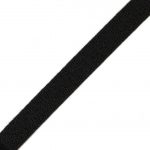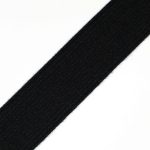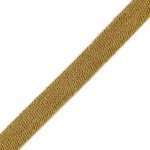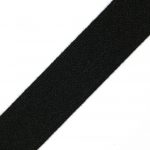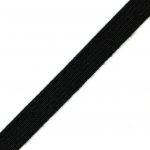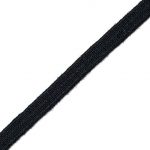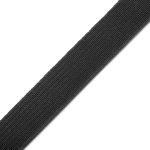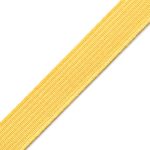Fire-Resistant Elastics
High-Performance Fire-Resistant Elastics for Custom Applications
Sturges offers a diverse assortment of fire-resistant (FR) elastics that will stand up to high heat and can be customized to fit specific designs.
FR elastics are made from blends of Nomex®, Kevlar®, and PBI®/Kevlar®. This combination ensures that elastic webbing will not melt or drip, and ensures that the FR elastic won’t become wavy due to shrinking and will retain its stretch properties after heat exposure. Sturges tests every lot for elongation, vertical flame, heat resistance, and shrinkage per the NFPA 1971. A certificate of compliance accompanies each shipment defining the specifications and results.
We’ve helped many manufacturers and engineers looking for fire-resistant elastics. Some of the areas where FR elastics are commonly used include:
- Breathing apparatus facepieces (SCBA)
- Keepers for webbing tails
- Goggles
- Suspenders
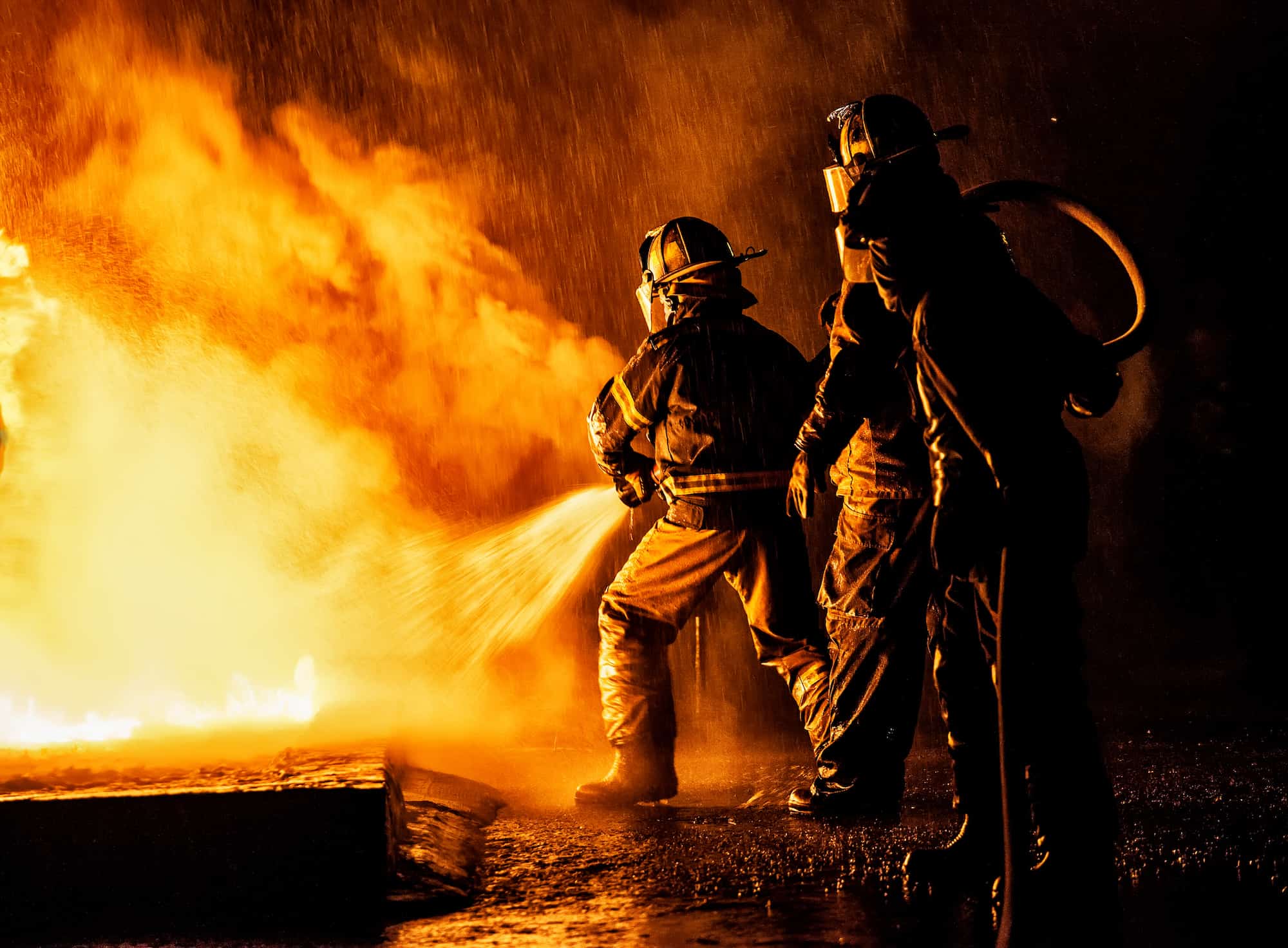
Features of Our FR Elastic Webbing
UL-Component Recognized
Berry Compliant
Heat resistant
Customizable
Tested in-house
Fire Resistant Elastic Products for Extreme Flame and Heat Resistance
Note that these are just a small sampling of products that we offer. Don’t see a product that will meet your requirements? Please contact us. We have been making custom solutions for over 100 years and would be more than happy to help you develop a product that meets your needs.
Sturges Part No. 33535
3/4″ Black PBI®/Kevlar® Elastic Webbing; UL Model #33535; Product compliant with Berry Amendment; Various widths available in Natural or Black.
Sturges Part No. X-6981
2” Black Nomex® Elastic Webbing; UL Model #X-6985; Product compliant with Berry Amendment; Various widths and Colors available.
What's the difference between fire-resistant and fire-retardant webbing?
Fire-resistant webbing is characterized by its inherent ability to withstand fire. This resistance stems directly from the material’s composition at a molecular level, where the fibers themselves possess a natural immunity to ignition and combustion. Unlike other materials that require external treatments to achieve fire protection, fire-resistant webbing is crafted from fibers that are naturally non-flammable. Common examples of these inherently fire-resistant materials include high-performance synthetic fibers such as Kevlar, Nomex, PBI (Polybenzimidazole), and other para-aramids. These materials are chosen for their unique molecular structures, which provide them with exceptional resistance to heat and the propagation of flames. At Sturges, our elastics are fire-resistant.
In contrast, fire-retardant webbing achieves its fire-resistant properties by applying chemical treatments to base materials that would otherwise be flammable. These base materials often include common textiles like nylon, polyester, cotton, polypropylene, and acrylics. Fire retardants are chemical substances designed to impart flame resistance to a material. The primary goal of fire-retardant treatments is to significantly slow down the ignition process and the subsequent burning of the webbing. In some cases, these treatments can even enable the material to self-extinguish when the flame source is removed.
| Feature | Fire-Resistant Webbing | Fire-Retardant Webbing |
|---|---|---|
| Resistance Mechanism | Inherent property of the fibers | Achieved through chemical treatments |
| Performance | Resists ignition, often self-extinguishes, may melt | Slows ignition, burns slower, may self-extinguish |
| Durability | Maintains resistance, durable to washing | Treatments can degrade with washing and wear |
| Longevity of Protection | Permanent | Can be temporary; may require re-treatment or replacement |
Kevlar® and Nomex® are registered trademarks of the E. I. du Pont de Nemours and Company
Dyneema® is a registered trademark of Avient Protective Materials.
Vectran® is a registered trademark of Kuraray America, Inc.
Ensorba® is a registered trademark of Sturges Manufacturing Co., Inc

